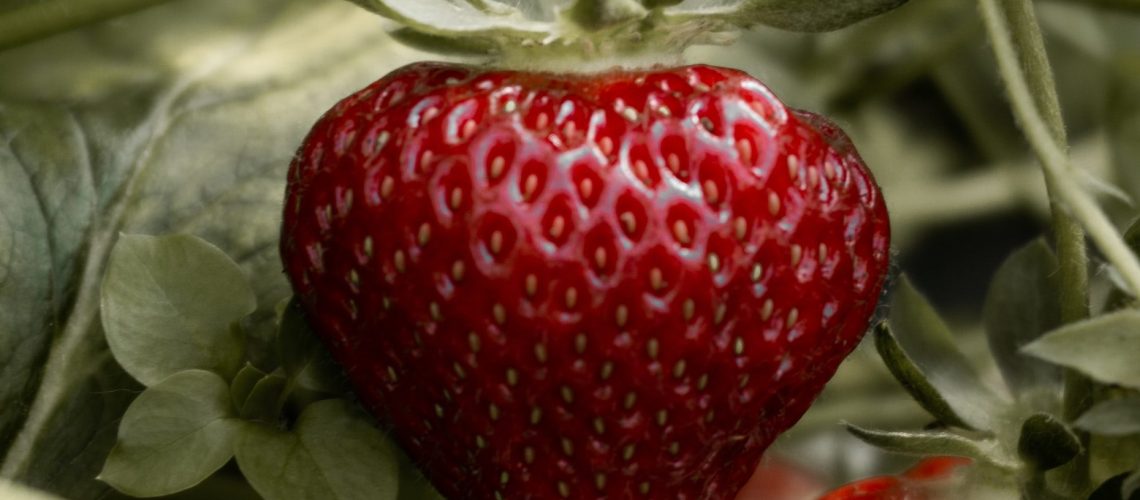I’ve heard the parable of the cliff and vine told in separate ways, and with slightly different interpretations. I heard the story first in a World Religions class in college. I heard the story next in a recorded meditation session. I think the parable can have a very focused and unique application to adults with ADD outside the context of religion and meditation.
The story starts with a man walking through the forest. As he casually walks, several wolves begin to chase him. So, he begins to run as fast as he can in hopes of escaping the current danger. However, as he desperately flees, he runs into a cliff. Turning around to see the wolves, he looks around for an escape, and sees a vine growing on the edge of the cliff. As he climbs down the cliff on the vine, he sees a second pack of wolves at the bottom of the cliff. So, he realizes he can neither climb up the vine nor jump down the cliff. As his weight begins to cause the vine to tear, he notices a wild strawberry growing on the side of the cliff. He reaches with one arm to grab the strawberry. As the man eats the strawberry, he realizes it is the best tasting strawberry he has ever eaten.
In World Religions, the lesson relates to one of the primary purposes of religion. This purpose is the redemption of conscience. In the story, the man is clearly going to die in every scenario. Yet, in the end, all he thought about was the joy of finding such a wonderfully tasting strawberry. Religion takes away the stress and fear of that moment, and allows the man to enjoy that last moment. It’s the idea of prayer in many religions, that we can unburden ourselves by telling a higher power.
In meditation, the lesson was that both scenarios the man faces were unrealized dangers. They were unrealized dangers that the man could not overcome. So instead, the man seizes that which is in front of him, the current moment and the strawberry. Tomorrow’s dangers are unrealized today. So, if we allow tomorrow’s dangers to affect us today, we rob ourselves of the current moment. We lose the current moments to dangers that are not even present in the current moment.
I think this story can be applied to Attention Deficit Hyperactivity Disorder in a unique context. This is especially true for adults with ADD. With attention deficit disorder in adults, we are constantly striving to achieve focused clarity in the current moment. Distractions, whether they are hyperactivity or inattentiveness, rob us of being able to concentrate on the present moment. Unlike the religious and meditative applications of the story, for adults with ADD, the strawberry, the breaking vine, and the wolves are all competing for our attention. It’s not about dismissing the other dangers of the wolves and the breaking vine on the cliff, but rather gaining the ability to focus on the strawberry.
With the religious and meditative analogies, the goal was to recognize the dangers and to actively choose not to allow them to define the current moment. More specific to adults with ADD, even if we recognize the true nature of the dangers the man faces, we are not able to actively dismiss the dangers. Merely identifying the dangers is not enough. We need to identify and block out the dangers facing the man on the cliff. For adults with ADD or anyone with Attention Deficit Hyperactivity Disorder, the dangers and strawberry distract us simultaneously. Our goal is to create a window of focus that blocks out the wolves, vine, and strawberry. We strive to consciously choose focus, above the dangers ahead of us and the strawberry in front of us. Though the strawberry is in front of us, it may not be the content that needs our attention.




